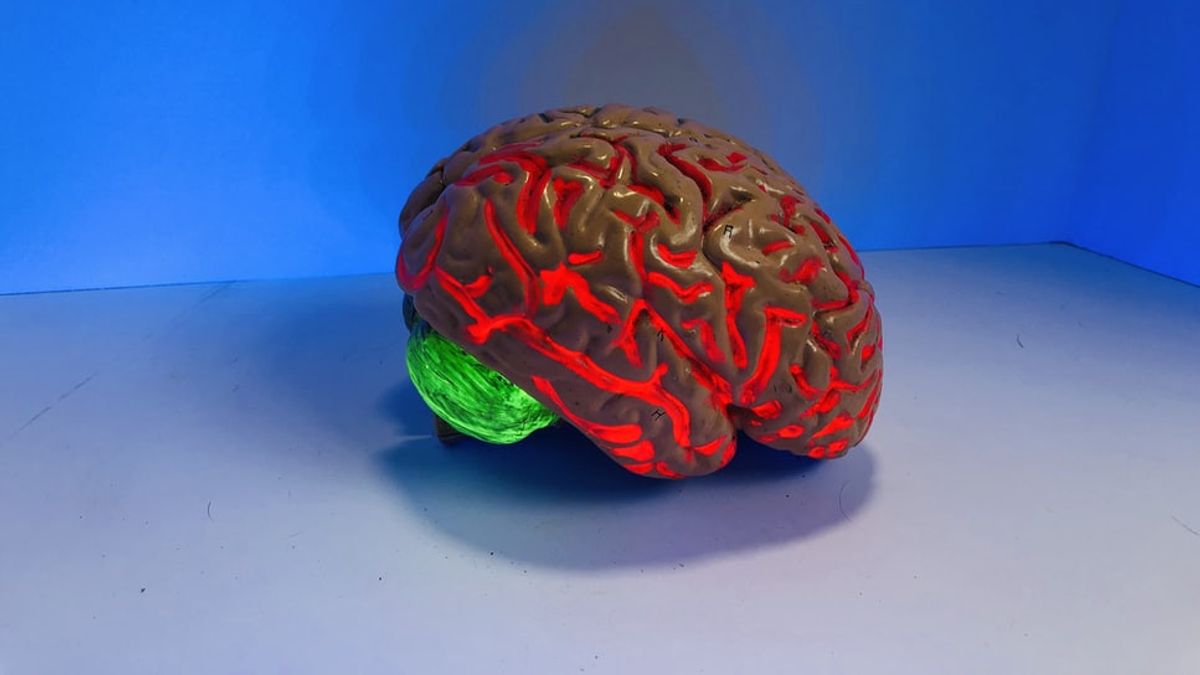JAKARTA – Researchers at the University of California, at Santa Cruz, believe that in the short term they can help scientists better understand the mysteries of human cognition. While in the long run, can compose messages only with the human mind. It even controls external devices with the human mind, as well as the ability to monitor neurological diseases without invasive procedures.
This could be done with the discovery of a new type of injection biosensor called NeuroSWARM3. This tool is believed to someday be able to read human minds or make humans communicate with other humans, only with their minds. This is a kind of telepathy, the ability to communicate or exchange information with others without using the senses.
The researchers behind NeuroSWARM3 say their gold-coated nanosensor, which is about the size of a single virus particle, can travel through the bloodstream and across the blood-brain barrier. Once inside the brain, they act like some sort of antenna, converting neural activity into optical signals that can be sent wirelessly to external devices.
"NeuroSWARM3 can convert signals accompanying thoughts into signals that can be measured remotely to interface the brain to machines with high precision," said A Ali Yanik, one of the study's authors and assistant professor of Electrical and Computer Engineering at the University of California.
This technology works by harnessing the electrical signals that neurons use to send information to each other. This happens when humans do anything, including moving and thinking. NeuroSWARM3 is a new way to monitor that electrical activity. In fact, Yanik's latest research shows that the device is sensitive enough to capture the activity of individual brain cells.
“The technology is similar to RFID,” Yanick told Science Focus, referring to the wireless radio frequency technology that supports things like paying for things with a smartphone. “With RFID, you have a backscatter signal and then you read a static signal that gives you a barcode or whatever. In our case, we have this barcode, which is the electrophysiological signal of the cell, but it is not static and we read it wirelessly."
The fact that the technology operates at the nanoscale is what makes it extraordinary. Despite their small size, each nanosensor particle includes wireless power transfer, electronic translation of neural signals, and broadcasting of those signals. Since the neurosensor can cross the blood-brain barrier, that means it can be injected directly into the bloodstream.
It's important to note that any testing on animals or humans has yet to take place but if they did, the procedure would be much less invasive than comparable technologies like Elon Musk's Neuralink. Whereas it requires a surgically implanted microchip and wires hanging from the side of a person's skull, NeuroSWARM3 does not require surgery or implants or wires. Nanoparticles are also supported indefinitely.
“We are only in the early stages of this new technology, but I think we have a good foundation on which to build,” Yanik added. "Our next goal is to start experiments on animals."
The English, Chinese, Japanese, Arabic, and French versions are automatically generated by the AI. So there may still be inaccuracies in translating, please always see Indonesian as our main language. (system supported by DigitalSiber.id)









